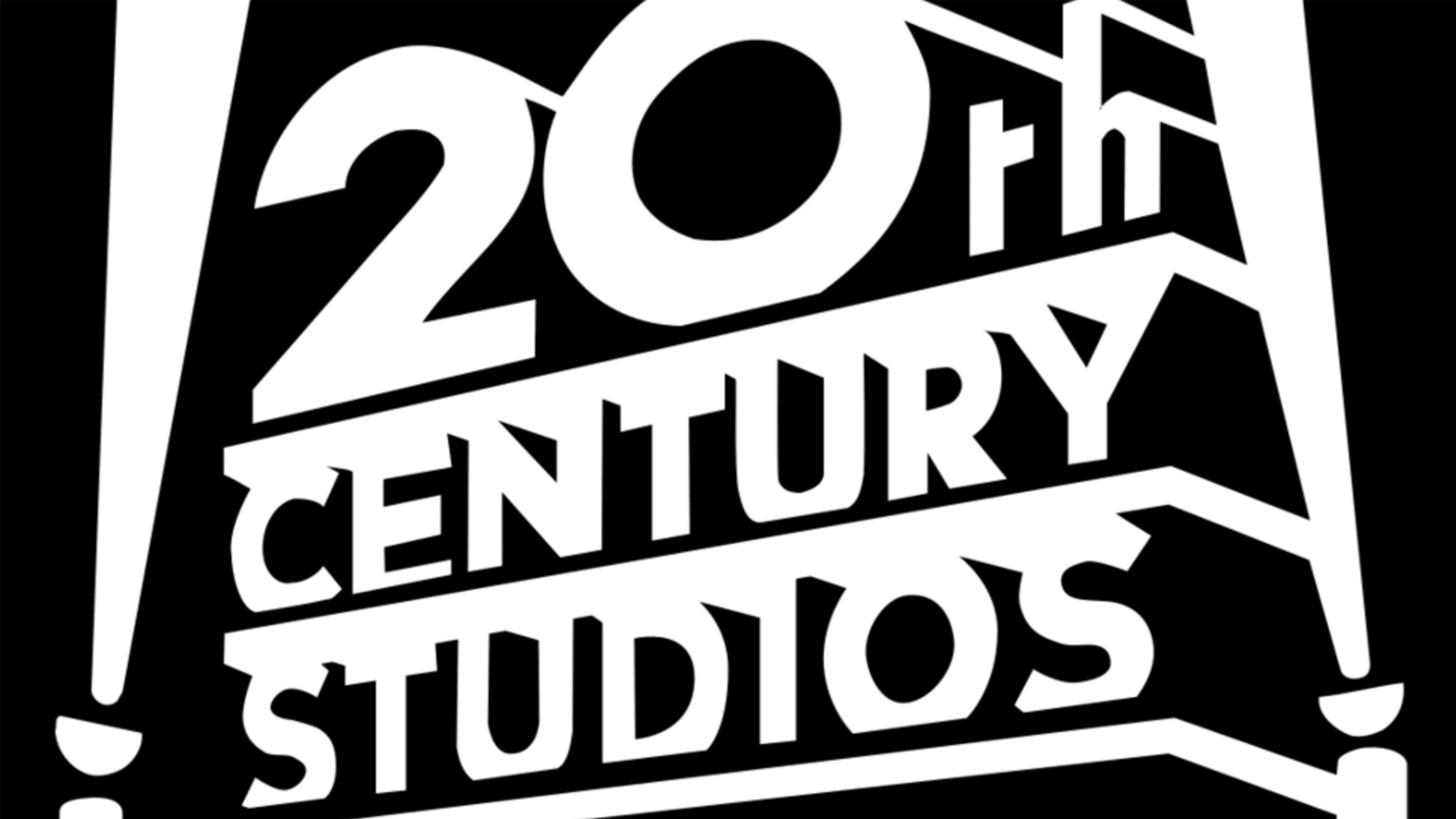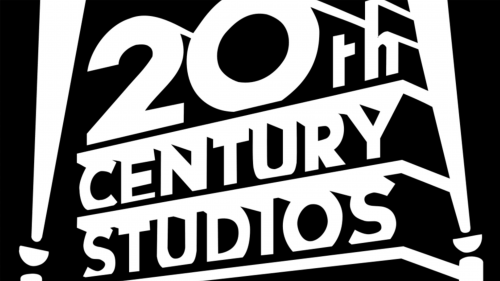20th Century Fox Logo
20th Century is a major movie producing studio in Hollywood. Right now, it’s a subsidiary of Disney, but their story has been very convoluted. The studio is responsible for a lot of iconic films, animations and shows aired on American TV and in cinemas. Most high-tier, modern movies are still filmed there.
Meaning and History
The company started in 1935 after merging the preceding company called Fox Film Corporation and the 20th Century Pictures. By that time, it had nothing to do with William Fox, who created the namesake company 20 years prior. However, the name stuck until 2020.
1935 – 1968
For most of the studio’s history, its logos were styled as movie intros. That’s why they were different shades of black and white. The initial logo, for instance, was a grey company name made into the 3D metallic structure that we know even now. Back then it was rather taller than it is now, though.
Then it was also underlined by a little word ‘presents’ below, as well as a background that resembled grainy movie tape.
1945 – 1972
At the same time, Fox used this emblem for simpler purposes and as a primary logo for 4 years. It was again a company name, but written in simple black words without any additional elements. There were two layers: one for the number and one for the words (those were smaller).
For the first and the last time, the ‘0’ in ‘20th’ has been smaller than ‘2’, which was the fashion of the day.
1972 – 1982
The 1945 logo was important, as it introduced the idea of purely black-n-white emblems into 20th Century. The 1972 design, therefore, as the same 1935 emblem, but made bicolor. The background and the letters were white, while the 3D extensions behind the numbers and letters were made pitch-black.
There was also an arch around the entire thing, and it was meant for boundaries of where the background ended.
Additionally, the letters became visibly thinner, and the word ‘presents’ disappeared entirely.
1982 – 1994
The concept still persisted, but this time they effectively removed the extensions behind the name. There was now only a flat face of the numbers and letters, as well as the ‘shelves’ – all black.
The background was also completely white, although they did cunningly limit it on the sides by introducing two projectors that flashed up in black rays of light. Some semblance of the ‘pedestal’ beneath the structure was also preserved in black.
1989 – 1994
In 1989, this emblem was crafted specifically for local distributions, and by 1990, it found its way into international markets. The staggered launch was primarily attributed to certain printing limitations prevalent in several nations during that period. Such constraints necessitated design adaptability and timing considerations to ensure the logo’s fidelity across various geographic regions. The strategic rollout underscored the challenges of global branding during an era when technological and infrastructural disparities existed across countries, highlighting the importance of local nuances and operational constraints in the realm of design and distribution. This logo’s journey serves as a testament to navigating international barriers in the branding world.
1987 – 2020
This one was used simultaneously with the 1982 design for several years, and then as a primary until 2020. They didn’t change much, except give the top layer some silhouette by adding thin black lines above. The font was also slightly changed.
They also widened the background by restricting it with square boundaries instead. On another note, the pedestal was bleached.
2020 – today
What happened in 2020 was that colors were largely inverted: black became white and vice versa. Additionally, the studio changed name to ‘20st Century Studios’, which is also represented on the logo.
Emblem and Symbol
In most cases, the emblems for the studio (they use these on day-to-day basis) were created by taking a picture some time through the studio’s intro and making it bicolor instead of the myriad of colors it had in the intro – the iconic footage with a giant golden structure featuring the studio’s name.


















